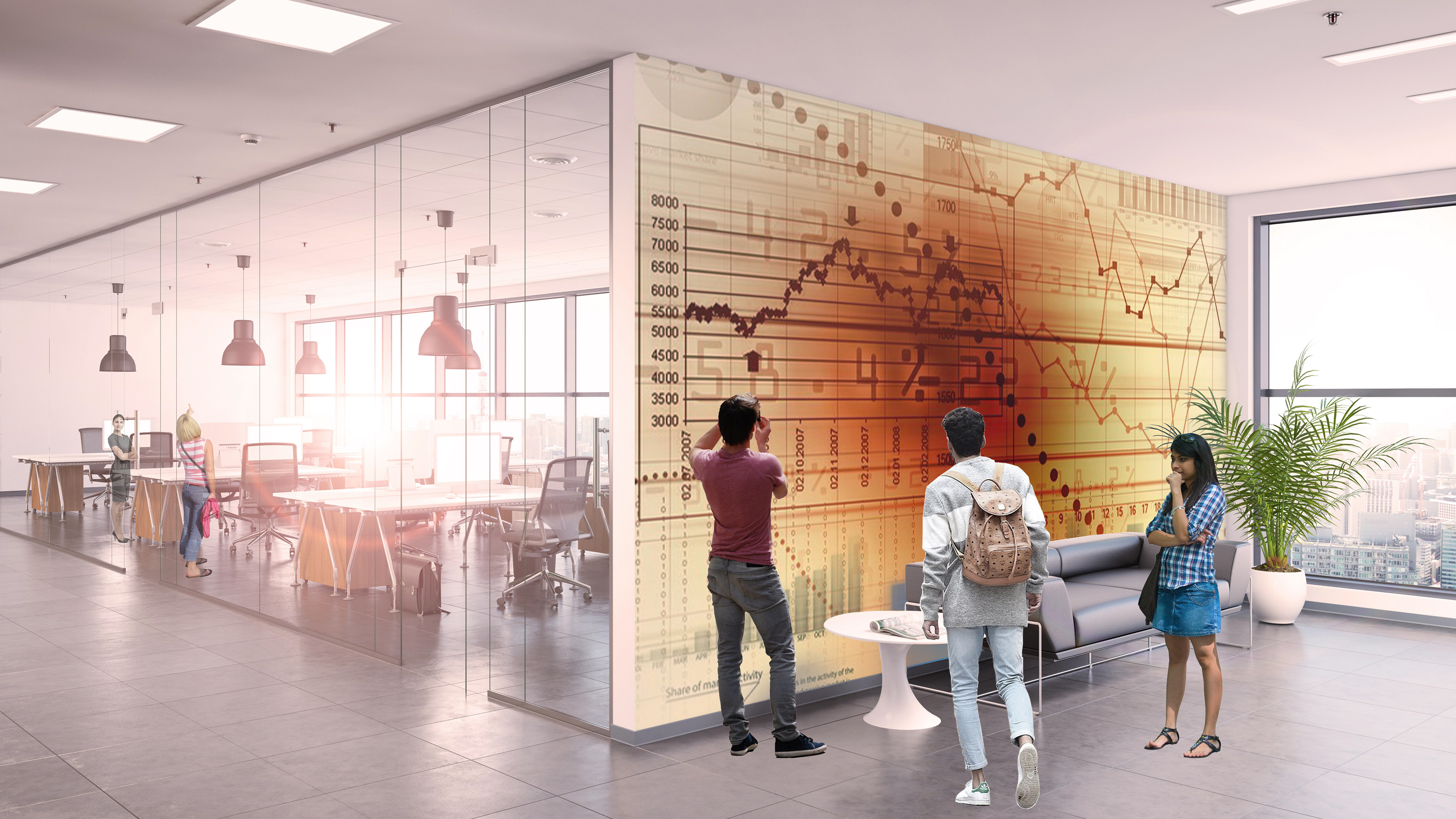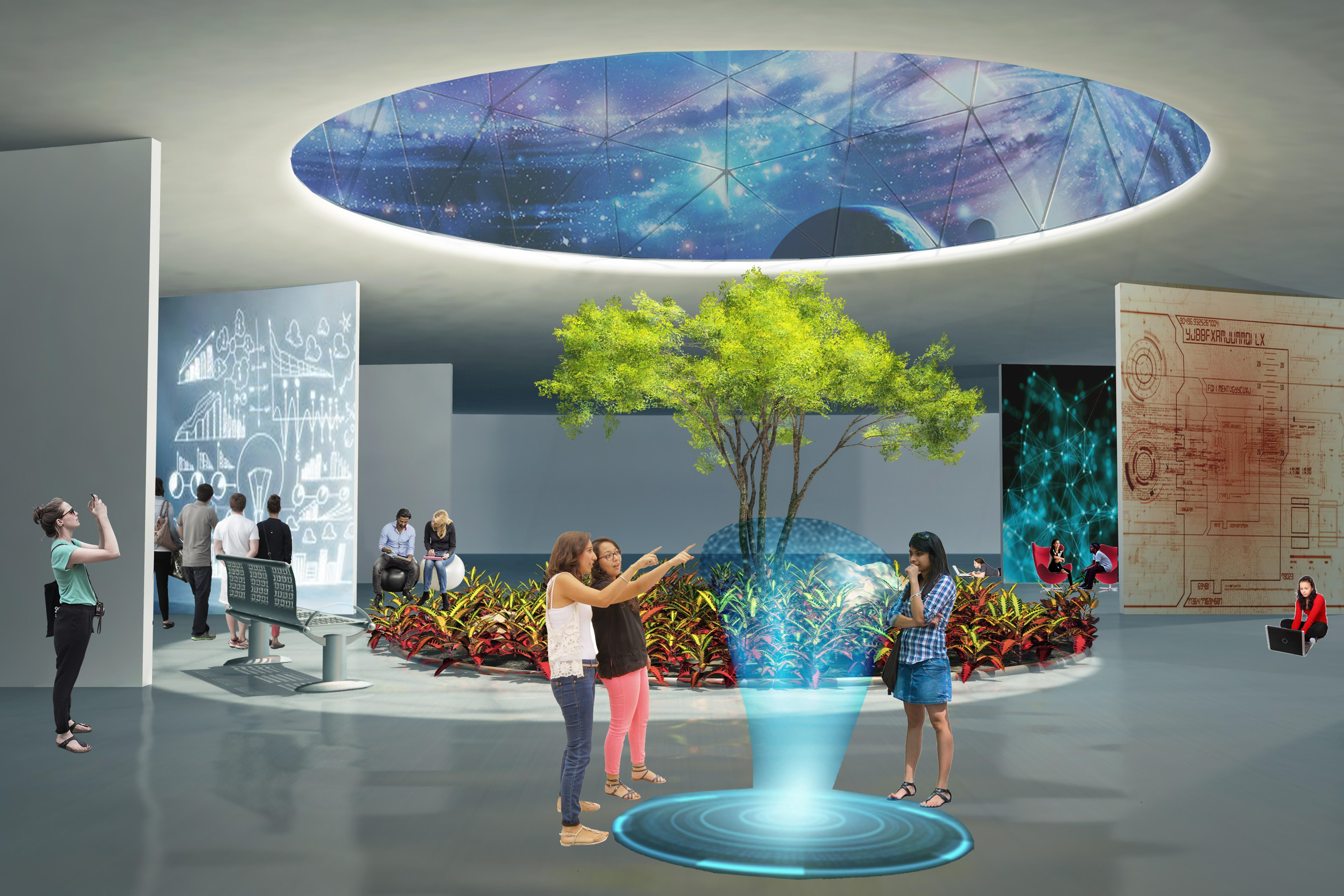Artik Art & Architecture at the Association for Learning Environments (A4LE) conference LearningSCAPES 2018 envisioned what learning and learning spaces would look like in 2035. We had to think about school design in a completely different way, but how? David Houle once said that most “Current reform efforts are reactionary and based on playing catch-up” and are quickly becoming obsolete. “A transformation of the magnitude suggested will not come easily or without pain, but it will likely come faster than any of us imagine.” The team explored these questions to challenge and inspire a radical rethink of educational design.

ARTIK - Thesis matrix
1. Will learning look different? a.Not much lecturing, more personalized, collaborative
b. Changing roles and relationships
i. The teacher is an experience facilitator
ii. Co-learning
iii. Cross-age learning
c. Students create self-knowledge, choice, and agency
d. Learn from anywhere
e. Global connectivity
b. Changing roles and relationships
i. The teacher is an experience facilitator
ii. Co-learning
iii. Cross-age learning
c. Students create self-knowledge, choice, and agency
d. Learn from anywhere
e. Global connectivity

ARTIK - Population connectivity

ARTIK - Collaborative learning
2. What kind of technology will be used?
a. Interactive screens
i. Touch screen table tops and surfaces
ii. Full walls
iii. Mobile screens b. Projected 3D shapes (globe of the world, object)
c. Hemispherical screens for ideal videoconferencing
d. Build using 3d printed components
e. VR &Robotics
a. Interactive screens
i. Touch screen table tops and surfaces
ii. Full walls
iii. Mobile screens b. Projected 3D shapes (globe of the world, object)
c. Hemispherical screens for ideal videoconferencing
d. Build using 3d printed components
e. VR &Robotics

ARTIK - Interactive technology

ARTIK - New spaces /domes
3. How will learning spaces look different?
a. Connection to nature
b. Different types of seating and work areas
c. Fluidity between interior and exterior spaces
d. Non-traditional cocoon/portal spaces
a. Connection to nature
b. Different types of seating and work areas
c. Fluidity between interior and exterior spaces
d. Non-traditional cocoon/portal spaces

ARTIK - Urban gardens

ARTIK -Fflex spaces w/ nature
4. How will material technology transform learning spaces?
a. Glass walls that can move and change
i. Be a window
ii. Be opaque
iii. Be an interactive screen
iv. Move to open up space
b. Portions of floors and walls that move & change
c. Touch screen table tops and surfaces
d. Bubbles that expand to accommodate different size groups
a. Glass walls that can move and change
i. Be a window
ii. Be opaque
iii. Be an interactive screen
iv. Move to open up space
b. Portions of floors and walls that move & change
c. Touch screen table tops and surfaces
d. Bubbles that expand to accommodate different size groups

ARTIK - Technology
